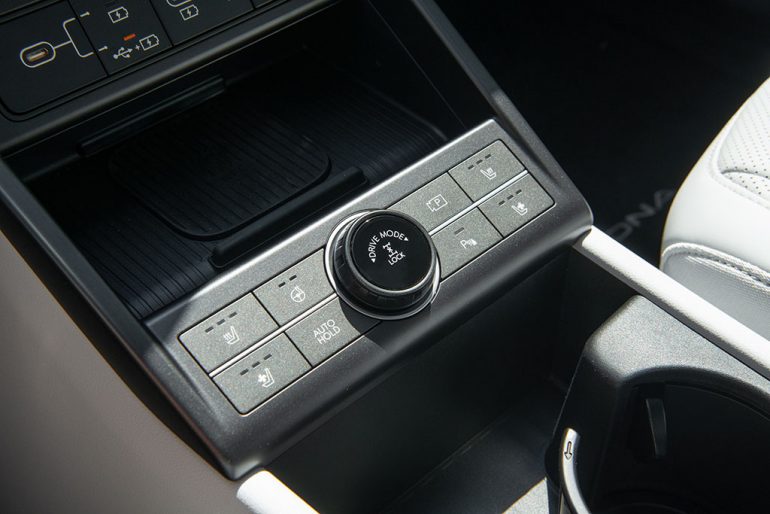
Hyundai is contemplating a new approach in its European market by potentially offering pay-to-use features in their cars, like the option to activate heated seats, aiming to maintain a deeper connection with customers beyond the initial sale. Marcus Welz, the head of Hyundai Connected Mobility, expressed the company’s interest in feature-on-demand as a means to enhance personalization within their vehicles. This strategy aligns with the establishment of a new division in Europe, integrating Hyundai’s car subscription and connected services ventures into a cohesive entity.
The concept of charging customers for certain vehicle features is not new as it was attempted by BMW and ultimately ended up being a criticized by many forcing the hand of BMW to reverse such plans.
Also, don’t forget that you can get discounted new car pricing with a free quote through qualified local dealer partners.
The shift in focus from merely selling cars to envisioning a broader spectrum of mobility solutions underscores Hyundai’s anticipation of evolving consumer preferences. Andreas-Christoph Hofmann, Hyundai’s vice-president for marketing, product, and PR, emphasized the transition from traditional car ownership to subscription-based models as a key aspect of this strategic realignment.
Central to the division’s strategy is the reconfiguration of Bluelink, Hyundai’s connected car platform, which will now offer tiered subscription packages catering to varying customer needs. These packages range from basic functionalities, available at no cost for a limited period, to premium services encompassing advanced features like in-car payments and enhanced connectivity options.
Hyundai’s initiative to engage with customers post-sale extends further with the prospect of integrating feature-on-demand capabilities. While similar concepts exist in the industry, Hyundai aims to surpass existing models by introducing new features even to older vehicles through software updates. Marcus Welz highlighted the potential for enhancing performance by optimizing existing hardware components through software advancements, hinting at future opportunities for customers to upgrade their cars’ capabilities.
Source: Autocar